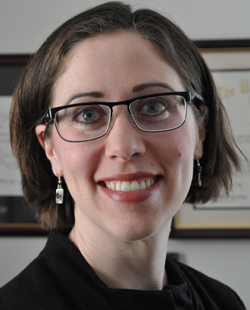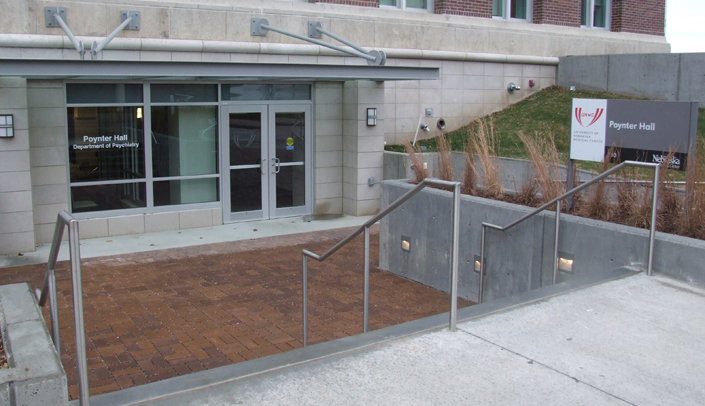 |
Katherine Carroll, Ph.D. |
Katherine Carroll, Ph.D., adjunct professor at Seton Hall University, will discuss this transformational history of medical school architecture. Her lecture is titled, “Grandeur Consolidated: The Original Poynter Hall in Architectural Context.”
She will speak at noon on Thursday, April 24, at the Eppley Science Hall Amphitheater, Room 3010. Lunch will be provided for the first 100 attendees starting at 11:30 a.m.
Dr. Carroll is an architectural historian whose research focuses on institutional architecture with an emphasis on medical schools. She received her B.A. in art history from Williams College, and completed her M.A. and recently her Ph.D. in the history of art and architecture at Boston University. Dr. Carroll is in the process of revising her dissertation for publication as a book with the working title “Building Schools, Making Doctors: Architecture and the Coming-of-Age of American Physicians.”
Medical education experienced a revolution in the late 19th and early 20th century, and the buildings erected during that time reflected the new focus on scientific medicine and experiential learning.
Built in 1913, Poynter Hall was the first home of the University of Nebraska College of Medicine on the new campus at 42nd and Dewey. It is among eight medical schools covered in the lecture, along with: Johns Hopkins, Harvard, Vanderbilt, Syracuse, Howard, Woman’s Medical College of Pennsylvania, and Columbia University’s College of Physicians and Surgeons.
The lecture will look at how funding influenced architectural developments, as well as how public-private partnerships supported medical school construction.
Under the leadership of Abraham Flexner, M.D., a particular building type was emphasized, and the work of Boston architectural firm Shepley, Rutan, & Coolidge was promoted. They became the premier architectural firm specializing in medical schools in this period.
Flexner was the author of the landmark 1910 report “Medical Education in the United States & Canada: a Report to the Carnegie Foundation for the Advancement of Teaching.”
